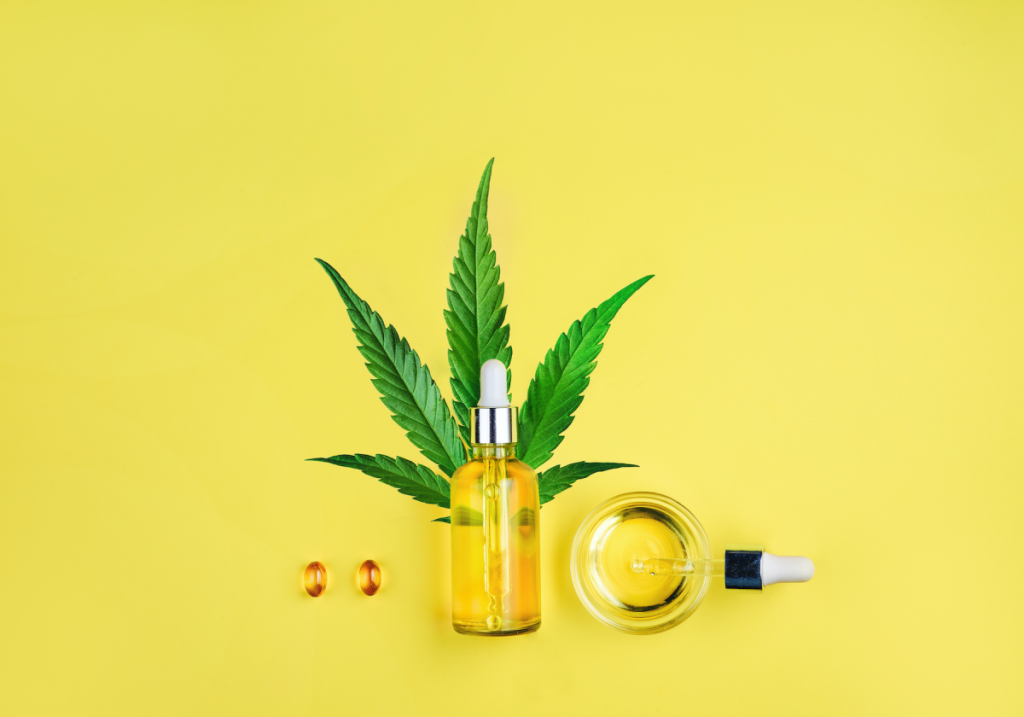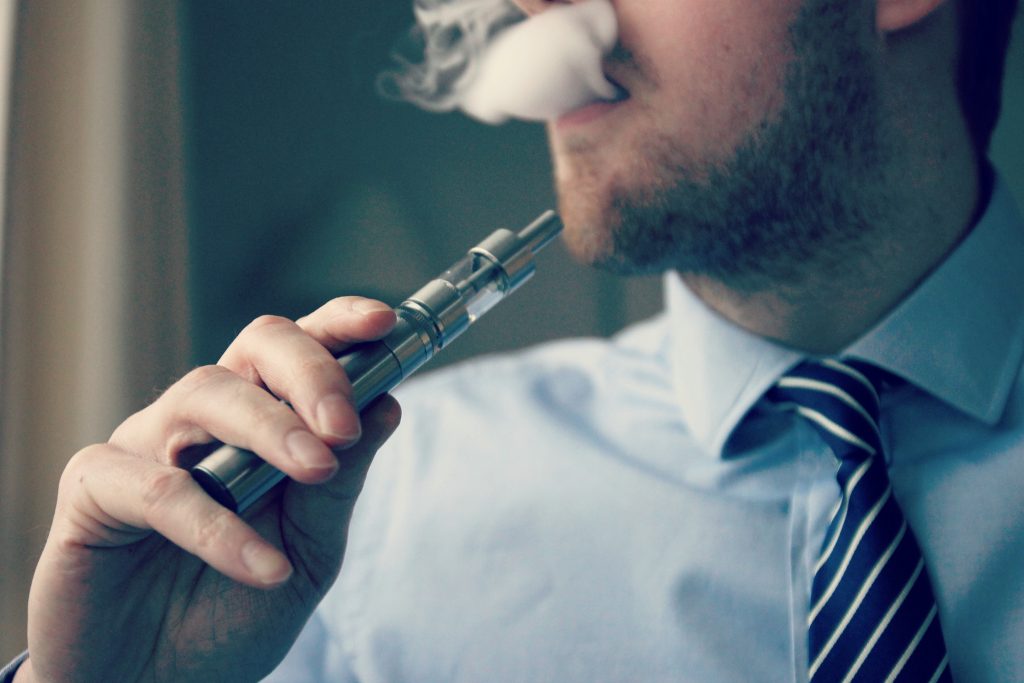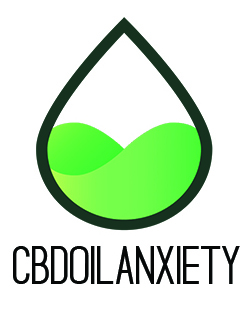
CBD, formerly known as cannabidiol, is a vital and natural cannabinoid found in the flowers, leaves and stems of hemp plants. CBD is the second most common cannabinoid and has historically been relegated to the background by other psychoactive compounds. Today, more and more scientists and manufacturers are recognizing the benefits that CBD has to offer in terms of health and well-being – its potential is unlimited. Consumers are trying to get their hands on CBD-based products and many of them are asking themselves a question: what is CBD oil?
How does one produce CBD oil?
They first see the light from organic hemp grown in the EU while thinking of the consumer. Once mature plants, they are ready to be harvested and processed. Thereafter, terpenes, which are aromatic and therapeutic compounds, are separated from the flowers by an exclusive steam distillation process, followed by extraction of the CO₂ CBD. This process offers purified oils, which deliberately preserve a complex set of cannabinoids and the full range of terpenes present in the original plants.

This study was conducted from June 2016 to January 2017 on 17 healthy adults. Six ambulatory smoked and vaporized experimental sessions, with 1 week weaning between sessions, were performed in groups and THC doses were randomly assigned to each group.
Eligible participants were found to be in good health by a medical history, an electrocardiogram, blood tests (hematology and serology) and a physical examination. Participants reported having used cannabis but denied having used cannabis or other illicit drugs in the month prior to their participation. Urine toxicology tests for cannabis, amphetamines, benzodiazepines, cocaine, methylenedioxymethamphetamine (MDMA), opioids and phencyclidine were performed using rapid enzyme immunoassay kits at screening and before each experimental session. Participants had to provide a negative result for all drugs before each session. This study was approved by the Johns Hopkins Medicine Institutional Review Committee and all participants gave their informed consent in writing.
The purpose of this study was to compare the pharmacodynamics and pharmacokinetics of smoked and vaporized cannabis in healthy adults. This study extends previous research by examining multiple doses of inhaled THC, by enrolling people with infrequent drinking patterns (defined here as no consumption in the last 30 days with a negative result at baseline). urinary toxicology test) and including a full battery of pharmacodynamic tests (ie, subjective effects of drugs, cognitive and psychomotor performance, and vital signs).
RESULT ON DIFFERENT DOSES
Each participant received either zero (placebo), ten or 25 milligrams of THC, and then reported their experiences of each dose in each condition in six different trials.
In a crossover test, the inhalation of smoked and vaporized cannabis containing 10 mg of Δ9-tetrahydrocannabinol produced discriminatory effects and modest impairment of cognitive functioning, while inhalation of a 25 mg dose of THC was associated with pronounced effects, increased incidence of adverse effects and significant impairment of cognitive and psychomotor abilities.

Sprayed cannabis produced greater pharmacodynamic effects and higher concentrations of THC in the blood than smoked cannabis at equal doses. This means that significant, sometimes harmful, effects may occur at relatively low doses of THC in infrequent cannabis users, and that these data should therefore be considered in the regulation of retail cannabis products and in the treatment of cannabis. education of people who start using cannabis.
In smokers, THC levels in the blood peaked at about 3.8 nanograms per milliliter of blood when they received 10 milligrams of THC.
Sprays, on the other hand, found themselves with much more THC in their body, reaching 7.5 nanograms per milliliter of blood. This trend was repeated when participants received higher doses: sprays had 14.4 nanograms of THC per milliliter of blood, and smokers only 10.2.
RESULT
Spraying therefore appears to be a more effective means of administering THC in the blood, but it has also changed the experience of study participants with regard to THC dose. This evidence that vaporizers feel the effects of THC differently contradicts previous work that showed no significant difference between the two methods.
The authors of this new study argue that this is due to their meticulous experimental design: They have maintained their constant THC dosage by carefully calculating the percentage of THC in each lot of medicinal herb sponsored by the federal government.
The results show that spraying is at least a more effective method than smoking for the administration of THC, says Nadia Solowij, a psychologist at Wollongong University, in her commentary:
Spraying, avoiding combustion, which tends to burn THC and produce harmful by-products, it produces much less “side smoke”: the same smoke that will not be found in the lungs of the person vaporizing. It is an intrapulmonary administration system that is safer than smoking, because by heating rather than burning the plant material, it avoids the formation of toxic pyrolytic compounds, including carbon monoxide and carcinogens. However, there is little solid evidence from clinical trials.
